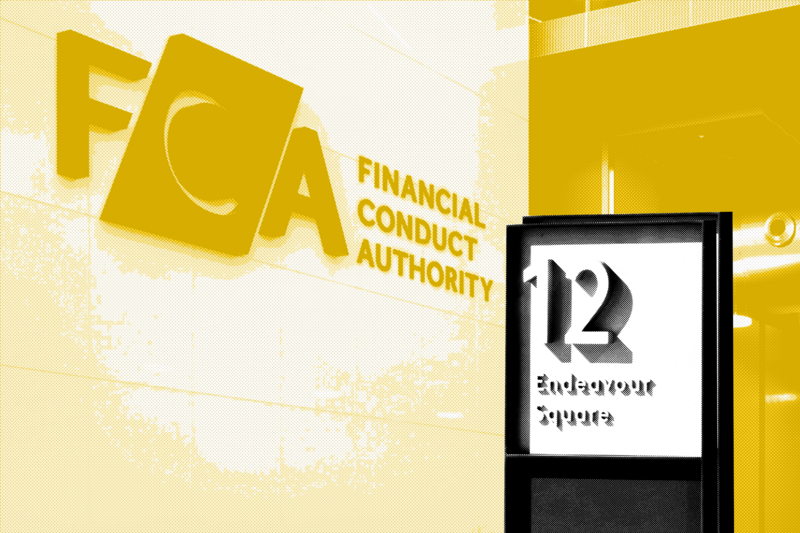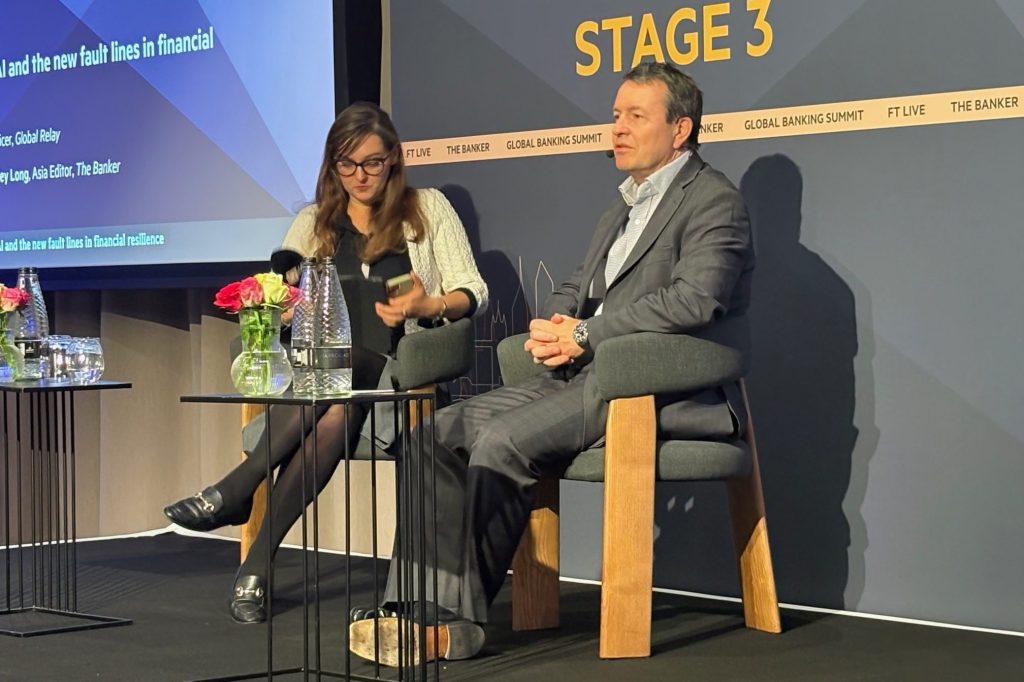The National Adjudicatory Council (NAC) has recently updated FINRA Sanction Guidelines. The updated document outline some general principles applicable to all sanctions as well as a list of principal considerations in determining sanctions.
The new guidelines are effective from 29 September 2022 and apply to all disciplinary matters including those
Key changes
Register for free to keep reading.
To continue reading this article and unlock full access to GRIP, register now. You’ll enjoy free access to all content until our subscription service launches in early 2026.
- Unlimited access to industry insights
- Stay on top of key rules and regulatory changes with our Rules Navigator
- Ad-free experience with no distractions
- Regular podcasts from trusted external experts
- Fresh compliance and regulatory content every day
















